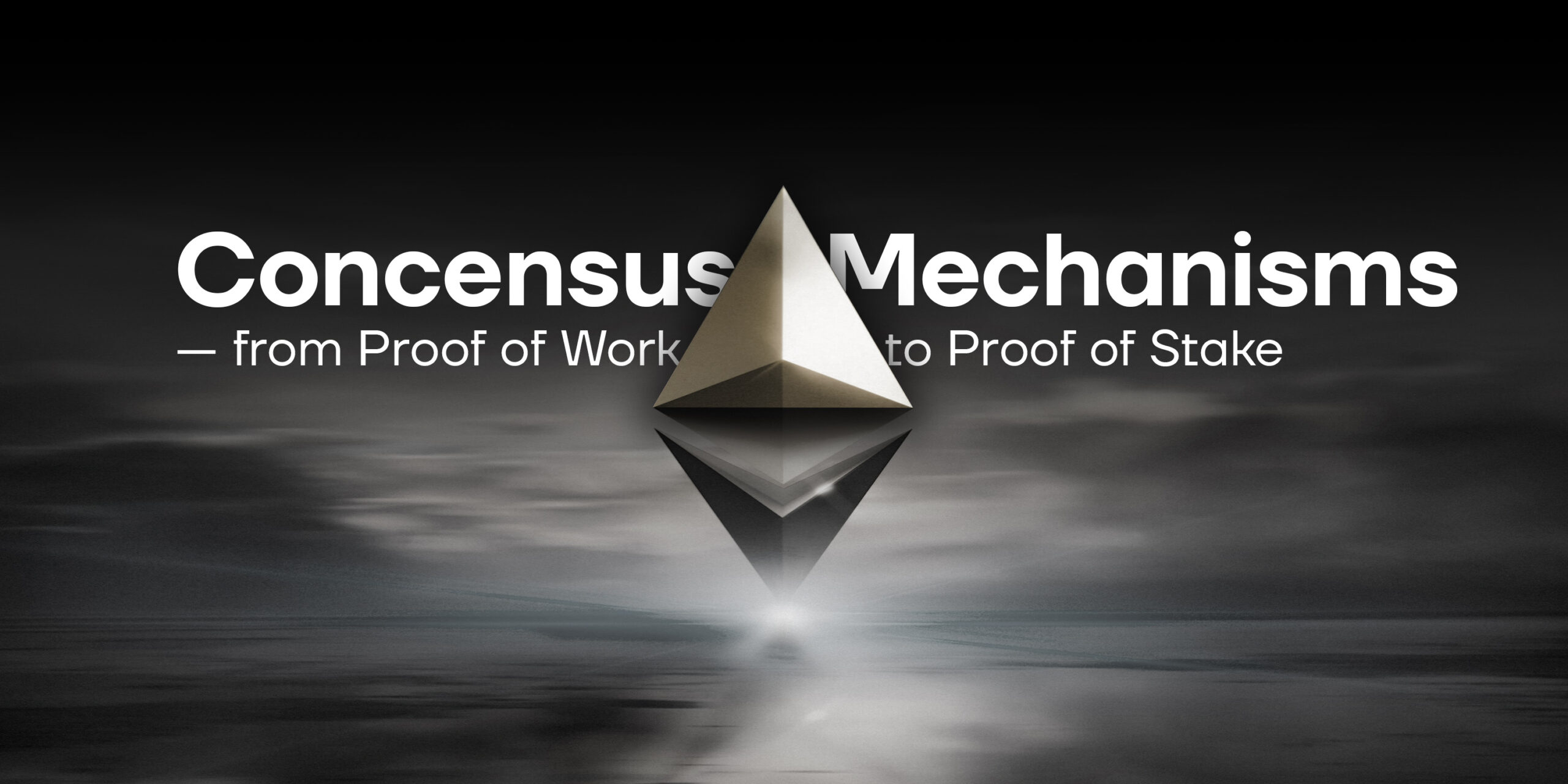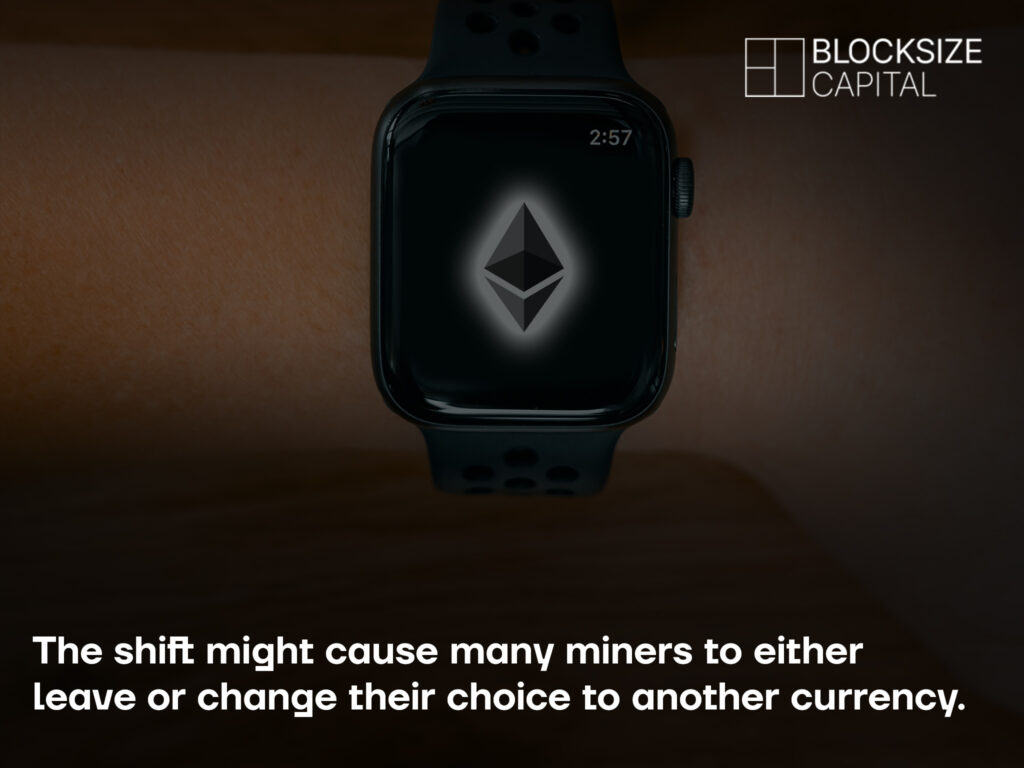Consensus Mechanisms – from Proof of Work to Proof of Stake

by Marketing Team
Ethereum’s Eth2 roadmap features “the Beacon Chain” and shows a transition from Proof of Work to Proof of Stake, planned to be completed in 2022. After a gradual move away from Proof of Work, the shift of the second biggest cryptocurrency is a significant event.
Why?
Because Proof of Work is a timed mathematics guessing race to validate new blocks, it requires massive computing power and thus is both costly to enter and wasteful in operation. Proof of Stake is choosing validators based on how many coins they own, so it both gives everyone a chance and is not inefficient. It also eliminates the possibility of an attack to hack 51% of a network and forge transactions, removing a looming concern around Proof of Work.

So what?
As Ethereum is one of the most profitable and widespread currencies to mine, this shift might cause many miners to either leave or change their choice to another currency. The gradually lowering profitability of mining has already lowered miner population, and this move away from Proof of Work may signal the end of an era.
Then?
It may also affect other areas, such as graphics card prices or use areas, as a portion of GPU mining farms would become obsolete and be sold or repurposed as render or research equipment, while purpose-built machines like ASICs would find less use. In addition, as less energy would be used, it may have a slight positive environmental impact.
Closing Remark:
This shift also brings two different value creation protocols face to face: Bitcoin with its mining mechanism that emphasizes scarcity-based value, and Ethereum with its staking mechanism which prioritizes the coin’s widespread use.
Written by: Türker Ugus, Blocksize Capital GmbH
Sources:
https://www.investopedia.com/terms/p/proof-work.asp